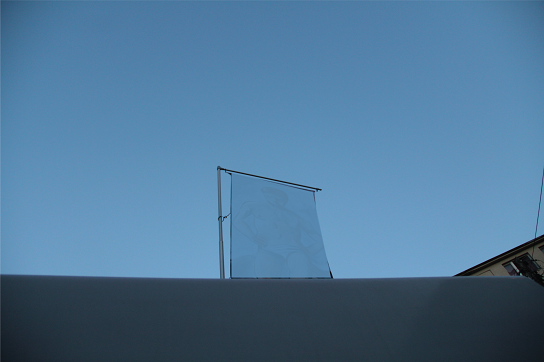
Course leader: Adrian Deva
10 – 24 July, 2017
Maximum number of participants: 10
Where does panting stand in today’s climate of shifting cultural paradigms? Are there new possibilities within the discipline? What are the opportunities in interdisciplinary approaches to paining? How does constant exposure to uncurated visual content inform our aesthetics today and what is the meaning of aesthetics today? Such questions and topics will be discussed in the Painting (Re)Framed course, but the ultimate goal is for participants to partake in this dialog through production of works.
While instruction on formal and technical aspects of painting will be given on individual basis depending on participants’ degree of preparedness and proficiency, the main goal of this course is to reach beyond the traditional approaches to learning the “craft” of painting, by shifting the primary emphasis to conceptual concerns and development of individual provocative but meaningful approaches to painting.
Throughout the course, short readings will be assigned and used as starting points for discussions that will impact the making process. Periodical mini-lectures embedded in studio sessions, reviews of relevant works of art, and frequent small-group critiques will offer an opportunity for participants to stay engaged and fueled throughout the course. Participants are expected to show a great deal of motivation by immersing themselves in a vigorous two-week studio practice, attempt ambitious goals and produce work that challenges norms and traditional canons.
Biography
Adrian Deva is a painter and an art educator. He completed his undergraduate education at University of Prishtina studying architecture (1992-1994) and painting (BFA 1998), and graduate school at Eastern Michigan University (MFA 2004), also with concentration in painting. He has been teaching university-level studio courses in art from 2003, and from 2008 he serves as lecturer at the Penny W. Stamps School of Art & Design, University of Michigan.
His creative work synthesizes influences from broad number of sources such as: migration and acculturation, shifts in cultural trends and their reflection on aesthetics, art and ideology, contemporary kitsch and ‘approachable aesthetics’.